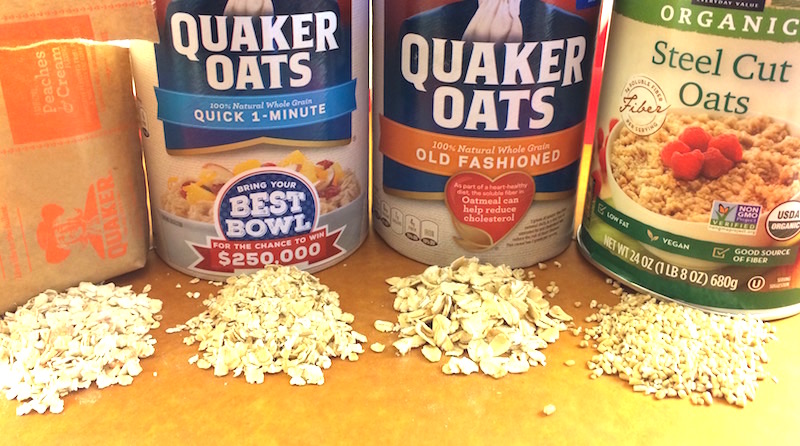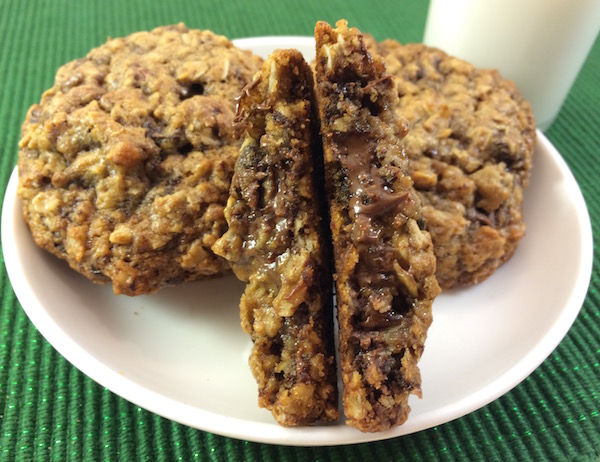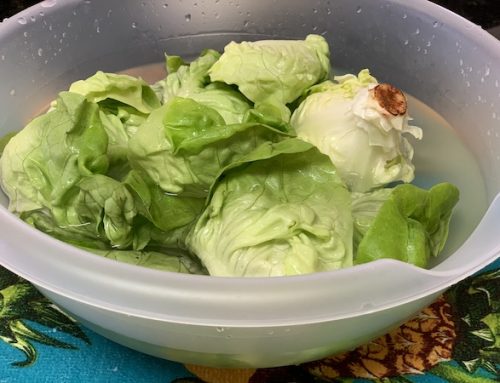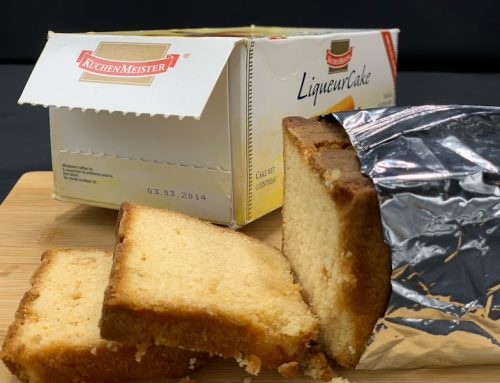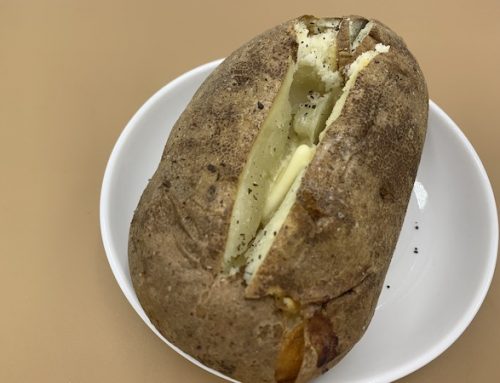How To Arrange a Refrigerator - Tips to Keep Food Fresh
Keeping foods as fresh as possible usually involves keeping perishables as cold as possible just as soon as possible after purchase. Your refrigerator has a big job to do and should not be taken for granted. Here are a few tips for how to arrange a refrigerator for maximum utilization along with other tips for keeping a fridge and its contents in tip-top shape.
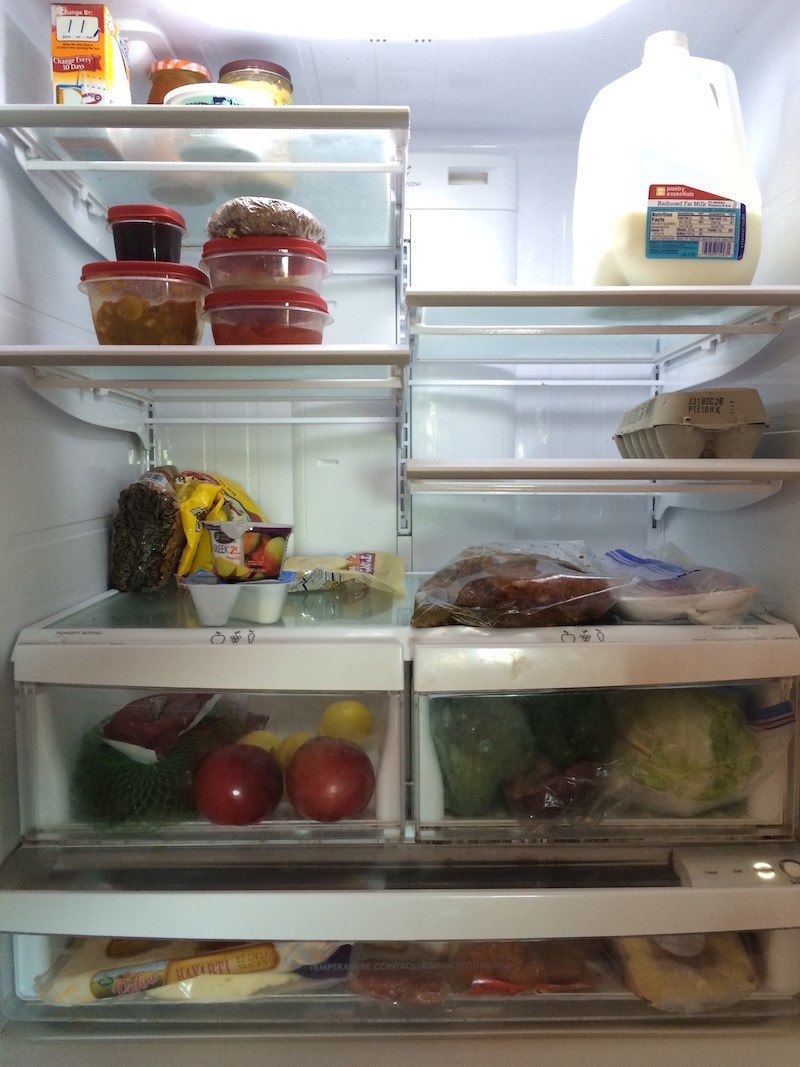
How to Arrange a Refrigerator
How To Arrange a Refrigerator - Tips to Keep Food Fresh
Ideally, set the temperature from 35°F-39°F. The colder you can keep your foods, without unwanted freezing, the better and the longer it will keep.
Foods spoil quicker with each degree raised. You will need to discard most foods from your fridge if the temperature inside ever reaches above 40°F.
Remember that air is foods biggest enemy, so squeeze as much out as possible.
Take a second and a permanent marker to label and date that little white space on your storage bags, you’ll be glad later.
A fridge will have warmer and colder sections with the bottom and rear slightly cooler and the door slightly warmer.
Should the packaging leak, not only does your fridge stay clean, but you will prevent cross-contamination from juices that may contain bacteria.
Bacteria can grow quickly on fish, so the colder the better.
Keeping most often used items on the door will keep the door open for shorter amounts of time. Likewise, keep items used less often in the back of the fridge.
Spreads in one section, dressings in another section, veggies in one drawer, meats in the deli drawer, etc. The trick here is always returning them to the same section after use :).
For instance, a tray with the usual breakfast items or one with everything needed to make the kids lunches. This not only allows the refrigerator door to close sooner saving energy, but prevents mishaps from trying to hold onto too many items in your arms at one time.
So, keep more delicate items on the opposite side of the fridge from the freezer if you have a side by side style refrigerator or away from the ice maker if you have a bottom freezer.
Placing hot foods directly into the fridge will not only cause it to overwork itself in order to keep things cool, but place nearby delicate foods into a potentially dangerous situation as it heats them up.
Crispers are designed to retain moisture to keep veggies from shriveling so keep the moisture control up – but not to the point where there is visible water on the produce.
More delicate products like milk and cream should be kept near the back and not on the door, but tougher products like butter do great on the door.
Use the box with a flow through design where you tear away the sides to expose a mesh netting and then replace the box every six months or so.
Bacteria and mold can build easily here – vinegar or soft soap works well to clean them off now and then. Replace any worn gaskets that are no longer forming a tight seal, these seals can be ripped off and replaced fairly easily.
Dust build-up can prevent your coils from properly cooling.
How to Arrange a Refrigerator
Additional Information
See our other posts for help with grocery shopping, menu planning and making your produce last longer.


